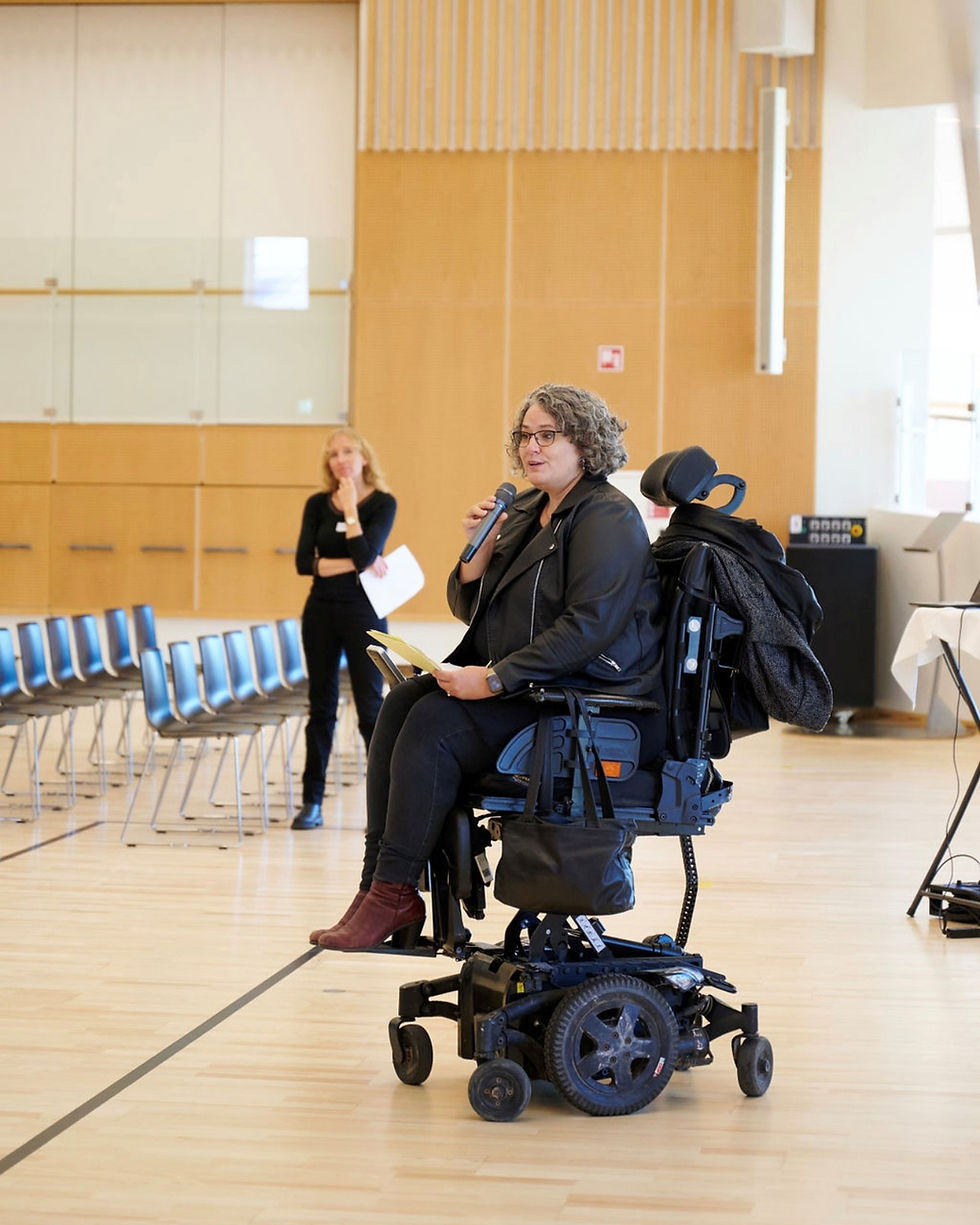Empowering your voice
- The International
- Apr 8, 2024
- 3 min read

The importance of the European Parliamentary election and why your vote matters.
Photographs: European Parliament FB page
Text: Thorbern Alexander Klingert
Every five years, voters across the 27 member states of the European Union (EU) cast their ballot to determine the makeup of the next European Parliament (2024-2029). The sheer number of eligible voters makes the European Parliamentary (EP) election the second largest behind only India and ahead of those held in the United States. In a continent wherein the EU is the focal point, that makes the EP election significant. Nevertheless, voter turnout is notoriously low compared to national elections despite the uniqueness of the EP. The EP election is unique because the elections combine both the local with the international. The local element takes the shape of such elections being contested locally by national parties. The international element takes the form of populations of 27 different countries in the EU elect legislators to represent them at the EP who in turn are grouped by ideology rather than nationality. The number of representatives sent to Brussels (the EU’s de facto capital) depends on the size of member states’ populations. In Denmark, there will be 15 members of the EP following the election due on the 9th of June. Any individual who is a citizen of a member state of the EU is eligible to vote in Denmark. That could make the roughly 250,000-strong non-Danish EU population in Denmark decisive. But there is a catch. An EU citizen residing in Denmark who has not participated in earlier elections is required to register at least five weeks before the election (so by the 13th of May at the latest). This is meant to avoid double voting in both Denmark and the country of origin. If you have not received a letter via digital post prompting your registration, you can still register here, which includes both instructions and the application form to be sent (digitally or physically).

A look at the contesting parties in the EU election
Each party is associated with a unique letter, which is present on the ballot paper. Since the last EP election, all parties have primarily supported the environment, emphasising different solutions to decrease CO2 emissions. Confusingly, 11 parties are contesting the election (ordered from most right to left wing):
#1 O – Dansk Folkeparti (Danish People’s Party): a rightist party that has, similar to the Social Democrats, supported centre-left economic policies while backing support for the monarchy, limiting immigration, and opposing the EU.
#2 Æ – Danmarksdemokraterne (Denmark-Democrats): a rightist party that supports limiting immigration, increased police funding and decentralising power from the EU.
#3 I – Liberal Alliance: classical liberal party with a strong economic focus, including lowering taxes and abolishing registration fees associated with car ownership. Historically mildly Eurosceptic, they have now warmed up to the EU.
#4 C – Konservative Folkeparti (Conservatives People’s Party): historically representing the urban Bourgeois with a belief in “King and Country,” the Conservatives now support an environmentally friendly agenda, law and order and the armed forces.
#5 V – Venstre (Liberal Party): Denmark’s oldest party is a broad church with an internationalist stance supporting the EU and NATO. The Liberals have supported efficiencies in the public sector, limiting taxes and improving conditions for small to medium-sized enterprises.
#6 M – Moderaterne (Moderates): centrist party aiming to create progress by amalgamating the right and left.
#7 B – Radikale Venstre (Social-Liberals): a modern liberal party that split from Venstre in 1905 and focused on progressiveness, tolerance, and globalisation.
#8 A – Socialdemokratiet (Social-Democrats): values economic equality, supports workers’ conditions, and increasing public spending. Unlike its sister parties across Europe, the Danish variant has tended to support a hawkish immigration stance and elements of socially conservative policies since 2015.
#9 F – Socialistisk Folkeparti (Socialist People’s Party): a leftist party with stances including equality in economic and social spheres, support for higher taxation and promoting the environment.
#10 Å – Alternativet (Alternative): a movement promoting personal freedom, social dignity, and sustainable society.
#11 Ø – Enhedslisten (Unity-List): leftist party originating from former communists focused on economic equality of outcome, pro-immigration and EU scepticism.
Addressing the representation gap
There are many reasons why EU citizens might not vote – language barriers, lack of information, and other reasons. However, the inability to fully access one’s democratic rights results in a representation gap. That challenges the idea of representative democracy - this very real problem has the potential to be addressed. Doing so would minimise this gap, help involve internationals further and serve as an example to other democratic nations. That alone, alongside getting one’s voice heard, makes voting vital. I urge you to be the difference.









